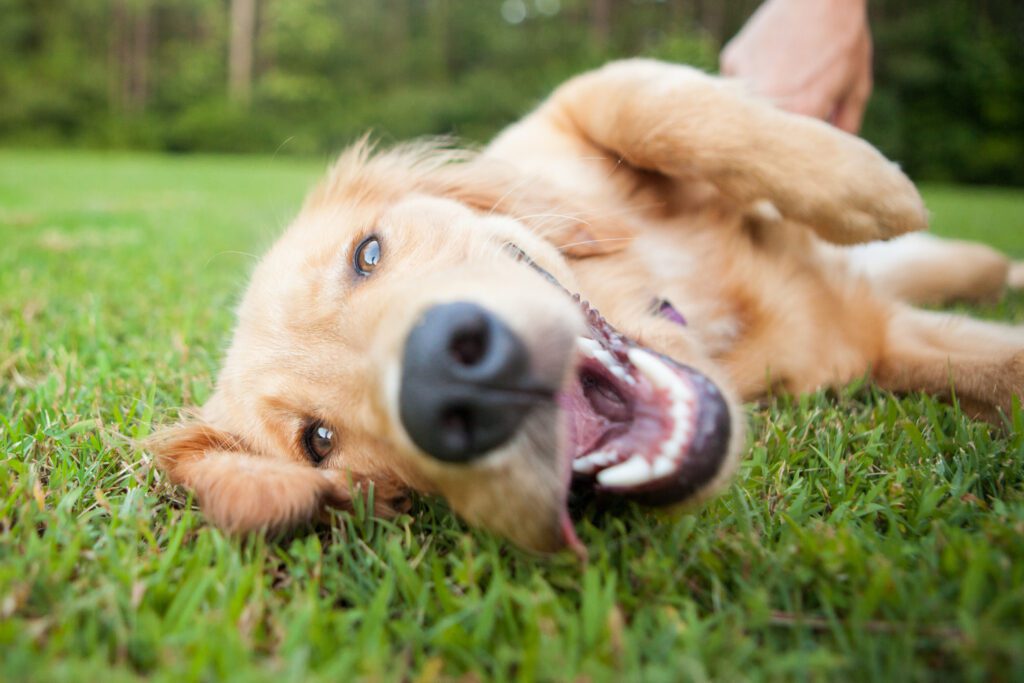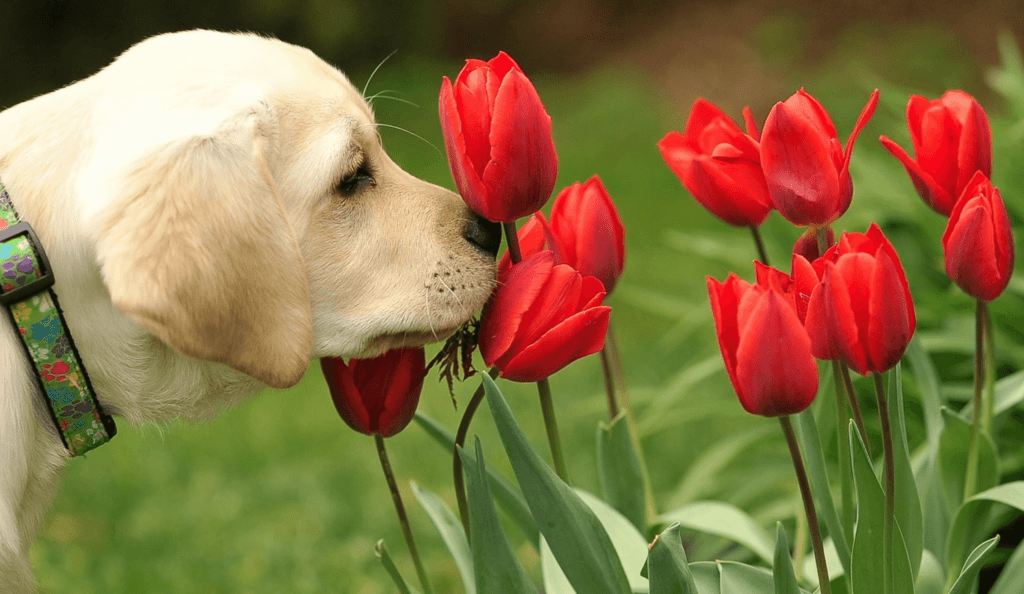You can pretty much begin training right from the moment you first get your puppy. Do give it time to explore and discover its new surroundings though. Bear in mind that it will have just been separated from its mother, which is a traumatic experience for a puppy.
Don’t think that because your puppy is small it doesn’t understand anything however. Quite the opposite! Your puppy’s training can begin during the first few days following its introduction into your home. It’s best to begin with simple commands and repeat them as many times as possible to ensure your puppy understands what’s expected of them.
Positive reinforcement is about trying to prevent bad behaviours before they develop by imposing a structure and setting clear and rigid boundaries. One way you can do this, for example, is by establishing a space in which the puppy feels both happy and safe.
And finally, the approach also involves taking the dog’s own emotional state into account throughout its training (yes, you heard that correctly!)
Because every dog is different, there is no single correct method. It’s all about observing your dog’s reactions and trying to understand them. We will give you a few pointers however:
Repetition is the foundation of learning (and this doesn’t just apply to dogs). When you’re teaching a puppy, it can take it some time to understand what you want from it. The idea, when teaching a new command, is to carefully choose a specific word to link to the required behaviour and always use that same word. If you choose to use the word ‘stop’ to get your dog to calm down, for example, always use that same word and don’t change it (especially at the beginning).
let’s be honest, most dogs are highly motivated by food. As our behavioural expert Loranne put it in her last video: “Dogs are opportunists; they’ll do anything to get what they want.” If it’s food they want, therefore, they’ll try to reproduce the behaviours that will get them the tasty reward they’re looking for.
But don’t forget about using verbal rewards too however! Dogs are very sensitive to their owners’ emotions and vocal intonation. Rewarding them for good behaviour by enthusiastically praising them will have the same effect as a tasty treat once the command has been learned.
Ever found it amusing when someone speaks to their dog in a strange high-pitched voice? Did you know that the higher your voice, the more strongly you signal to your dog that you’re pleased?
training is like going for walks with a puppy – you can have too much of a good thing! When teaching your puppy a new command (or when teaching your dog in general), try to use multiple short sessions of between five and ten minutes spread throughout the day. Your baby is still small at this stage and will quickly get tired. Long sessions could make them bored and discourage them.
avoid getting angry at all costs if your puppy doesn’t understand what you require right away. Try to elicit the behaviour you want another way (you’ve got it: divert their attention). Remain calm at all times and go back to a command they’ve already learned and mastered, and above all, don’t forget to praise them when they get things right.
Though positive reinforcement training may seem more tedious and time-consuming than ‘traditional’ methods, it also achieves better results due to the fact that it both helps you better understand your dog and builds a genuine relationship based on mutual respect. Your dog will enjoy responding to your commands and learning new things (when it’s a fun, happy experience :-))
So what are your own thoughts on the topic? What do you think of positive reinforcement training? How did you go about training your own furry friend? Let us know all about it!



Votre navigateur est obsolète!
Mettez à jour votre navigateur pour afficher correctement ce site Web. Download Google Chrome